Insights
How to Write a Cold Email With Good Conversion Rates
On Digitals
31/07/2025
23
How to write a cold email isn’t rocket science, just a smart, thoughtful way to start conversations with new prospects. If you want to reach potential clients, partners, or collaborators, mastering how to write a cold email can make all the difference. In a crowded inbox your message needs to feel personal, succinct, and helpful from the very first line. In this guide we break down the essentials so you can confidently craft cold emails that stand out, feel genuine, and actually generate leads.
Why Should You Learn How To Write A Cold Email? Benefits of Cold Emailing
Learning how to write a cold email pays off in smart ways. First, it gives you a scalable, cost‑effective strategy to reach new leads without burning your budget. You can personalize templates and send dozens or hundreds efficiently.
Cold email opens a direct line of communication when your message lands in their inbox, not lost in ads or posts. You’re more likely to get noticed and start a genuine conversation, but again, only when with good content and proper email etiquette. And best of all, you can track real metrics like open, reply, and conversion rates to learn what works and optimize outreach over time with timely adjustments.
So when you master how to write a cold email, you’re not just sending messages, you’re building relationships, growing brand awareness, and creating measurable impact.
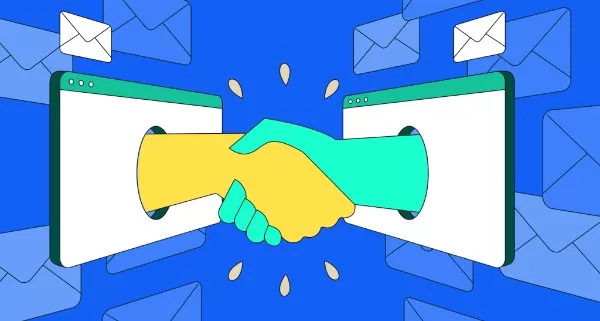
Benefits of learning how to write a cold email
How to Start a Cold Email: Crafting the From & Subject Line
From Name & Signature That Build Trust
When you learn how to write a cold email, your “From” name is your first handshake so make it feel human. Use your real name (or someone recognizable in your company) rather than a generic alias. Or, if you are the representative of your workplace, use the email with the name of your company if possible, because that is evidence of professionalism. That simple detail builds trust and helps your message land in the inbox and not the spam folder.
Your email signature should be uncluttered, informative, and professional. Stick to plain text and include just your name, job title, company, and one helpful link if relevant (like a calendar or case study). Too many links or images can feel spammy or get blocked on mobile devices. Even if you’re not blocked, you can confuse your readers, which is something you would not want.
Subject Line Tactics for Cold Email Open Rates
Your subject line is your foot in the door, so craft them so people want to invite you in. Aim for about 4 to 7 words or under 50 characters so it displays fully on mobile screens. Short, curiosity‑sparking subjects consistently perform better.
Here are some subject line formats that work well when you write a cold email:
- “Idea for [Company]”
- “Hello, [Name]”
- “[Name], can we connect?”
- “Proposal for [Project]”
- [Your Connection] suggested I reach out
These feel personal yet professional and relevant enough to prompt people to open. That said, don’t be too mechanical, because AI is now a thing, so you don’t want people to think you don’t put personal effort into crafting an email. Also, avoid spam triggers like going all caps, excessive punctuation (!!!), or overtly salesy wording. Keep the tone natural and the language believable but do not stray too far away from professional tones.
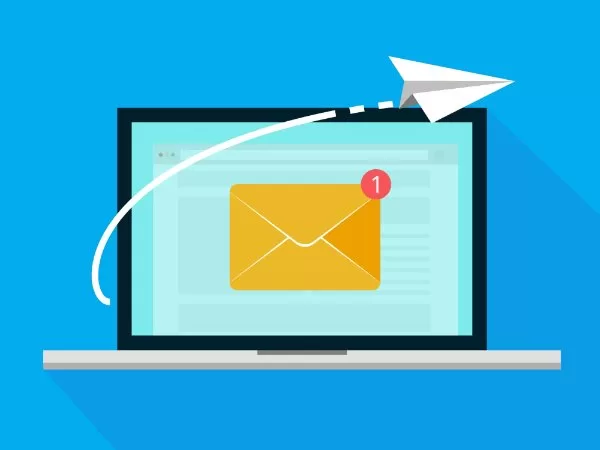
The introduction of your cold email is incredible important
How to Write a Persuasive Introduction
The intro is everything in learning how to write a cold email, because it’s like the first few seconds of a handshake, so make it count with a great first impression. Start with something specific and personalized like their recent article, a new funding round, a hire, or a product launch. That kind of detail shows you’ve done your homework and it’s not just another mass email.
Avoid generic openers like “Hope you’re well” or “Dear Sir/Madam.” Those are clichés that turn off busy readers fast because they would have read tons of those. Instead, aim to show you’ve taken a moment to research them, which immediately builds credibility.
Another thing to note is to keep this intro to just one or two short sentences so you respect their time by not beating around the bush. Aim to grab attention fast so they’ll want to read the rest of your message. Skilled email writers keep intros short and impactful so your reader doesn’t feel like they’re wading through fluff.
5. How to Write a Cold Email Body That Converts
Present Value Quickly
When you reach out to a business or an industry figure, they know you need something, so it’s wiser to get to the point. How to write a cold email body that converts hinges on immediate value, which shows that you understand their pain point and know how to solve it.
Make sure to keep the body short, aim for 20–50 words in your initial outreach, or up to 100 words in a follow-up, then you can link to one of your web pages to let them know more if they’re interested. Use bullets or numbered lists when helpful, and stick to 2–3 sentence paragraphs so readers can scan quickly.
Include Social Proof or Evidence
Brief mentions of past results or similar clients give your pitch instant credibility and it outweighs even the most well-written marketing copy. Even a single line like “After partnering with [Client], they saw a 2× increase in trial sign-ups” builds trust because those are actual figures, tangible ones. Whenever possible, quantify your proof, say exactly how much you helped someone save or earn (for example, “cut costs in half” or “doubled ROI”). Then, finally, direct your leads to whenever you hope they would and move on to the next part of the email.
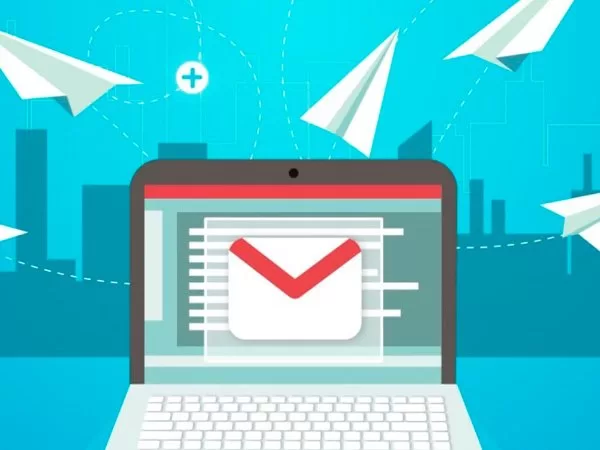
What to include in the body of your cold email
How to End a Cold Email: CTA, Closing & Signature
Choose the Right Call to Action
Your call to action should feel low-pressure and easy to answer. Interest-based CTAs like “Would you like to learn more?” typically outperform direct meeting enquiries. Or, you can try simple prompts such as “Reply if you’d like to chat” or “Can I share my calendar?”
Nonetheless, this CTA should be accompanied by the information your correspondent needs to continue the action, which can be your contact information, a relevant link to either your web page, portfolio, etc.
Polite, Personalized Closing
Wrap up by reminding them why you reached out and acknowledging something unique about them or their work. A quick nod to their recent success or a friendly note shows you’re focused on their needs and interested in them, not just your pitch. And always say thanks: “Thanks for your time” or “I appreciate your consideration” goes a long way.
Lastly, keep your signature clean and informative. Include:
- Your full name and role
- Company name (if applicable)
- One link (like a calendar invite or a brief case study)
Extra images are fine to a degree but do not go overboard, because they can confuse your readers by throwing too many signals at them.
How to Write A Cold Email That Converts At Scale
Knowing how to write a cold email is one thing, email marketing also involves sending, following up with your leads, and managing everything. No matter how good your email can be, without a good management strategy, everything can go down the drain.
Segmentation and Personalization Strategies
To scale your outreach while keeping it personal, segment your leads by industry, pain point, company size, or growth stage. That way, each group feels like you “get” them because you would be able to customize their messages efficiently when they are divided into groups.
On top of that, use personalization tokens like name, company, or trigger event (e.g. funding round, new hire, product launch) in your templates so each cold email feels thoughtfully tailored. Subtle, relevant customization goes a long way in boosting replies.
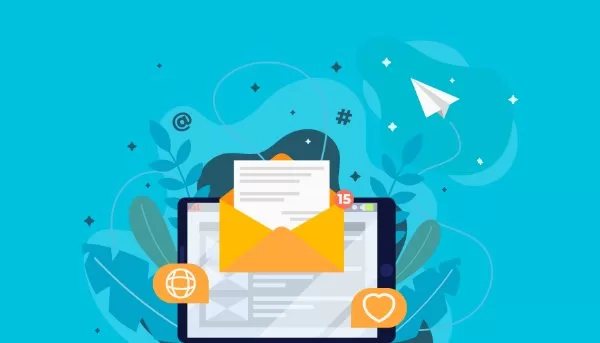
Ways to refine your cold email marketing strategy
Sending Cadence & Timing
Timing matters and most data shows mid-week emails land best. Tuesday, Wednesday, and Thursday deliver the highest open and response rates, with Tuesday and Thursday often taking the lead.
Aim to schedule outreach in the morning hours (for example between 9 AM and noon local time) for peak engagement because that would be when people check their emails to begin their workday. On the flip side, avoid weekends and Friday afternoons because open rates dip due to the weekend approaching, and your email risks disappearing in the clutter of the beginning of next week.
Follow‑Up Strategy
If you don’t get a reply after 3 to 5 days, don’t give up, but send a follow‑up instead. Keep it focused, helpful, and empathetic, perhaps offering a fresh insight or a quick reminder of the value you proposed. You may also offer something else on top of what you have given them in your previous email to sound different.
What is most important is to avoid sounding pushy. Instead, acknowledge their busy schedule, reiterate what you offer, and ask gently if it’s still relevant. These considerate, value-added follow-ups often boost response rates significantly. Even if the outreach efforts do not quite land, this can still make a good impression.
What Not To Do When Writing Cold Emails
Sending Generic, Self‑Centered Pitches
Avoid mass‑email style messages that lead with features instead of benefits. These sound impersonal and irrelevant. Cold emails that don’t address real pain points or industry context get ignored fast. Make sure every email feels tailored to the recipient, not the company.
Writing Long, Dense Paragraphs
Busy professionals don’t have time for mini essays. Emails longer than 125 words see diminishing returns. Dense paragraphs decrease readability, especially on mobile. Stick to short, skimmable chunks, just 2 to 3 sentences or bullets if needed.
Skipping Personalization and Research
Failing to reference triggers like a recent article, funding round, or hire communicates laziness. It’s essential to show you know something real about them and that your reason for reaching out isn’t generic.
Forgetting to Proofread
Typos, misspellings, and grammar mistakes kill credibility. They signal carelessness and may give off the impression that you don’t care. Even small errors can make recipients delete or ignore your message. Always proofread carefully, read aloud, or use grammar tools. Most importantly, check names and titles.
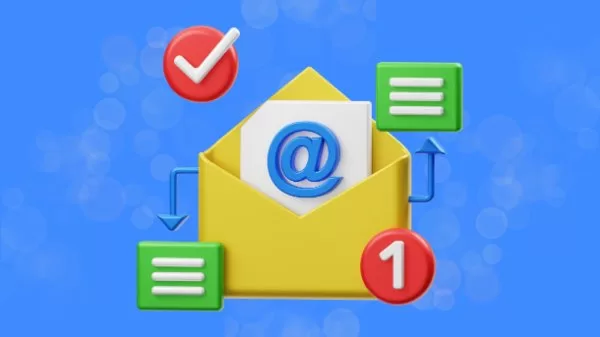
What to avoid when writing a cold email
Using Too Many CTAs or Aggressive Requests
Emails with multiple calls to action or hard asks feel pushy and unfocused. That kind of tone undercuts trust and lowers reply rates. A single, interest-based CTA, like “Would you like to learn more?” keeps it polite and engaging. People already dislike hard selling when it happens generally, imagine that happening right in their inbox.
Overpromising or Using Clickbait Language
Subject lines like “Double your revenue in a week” or blatant clickbait feel dishonest. They trigger spam filters and set unrealistic expectations and since this happens so often, people would just overlook emails like this altogether. Words like “free,” “guaranteed,” or excessive punctuation can sink deliverability and trust.
Using Generic Sending Domains or Poor Timing
Sending from “noreply@” or “info@” comes off impersonal and non-responsive. It also hurts reply rates. Additionally, sending emails outside normal business hours results in lower engagement. Stick to credible, professional sender addresses and send during mid‑week during business hours.
FAQs about How to Write a Cold Email
How long should a cold email be?
Experts agree that brevity is key. Initial emails should aim for 20 to 50 words to grab attention fast, while follow‑ups can stretch up to around 100 to 125 words. Studies show messages in the 20–39 word range see the highest reply rates, and keeping it under 125 words helps maintain clarity and focus.
What’s the best way to start a cold email?
Begin with a personalized opening that references a real detail about the prospect such as a recent article, funding, product update, or promotion. This shows genuine interest and moves far beyond generic greetings like “Hope you’re well”. The opening line should be short, relevant, and tailored to the individual’s context.
Do cold emails still work in 2025?
Yes, when done well. Cold emailing remains effective today because campaigns that are personalized, respectful, and clearly valuable can yield reply rates between 8% and 20%. Although average reply rates hover around 4–5%, top-performing senders often book 4–8× more meetings. Success depends on quality outreach, not mass blasting.
How many follow‑ups should I send?
Generally, limit your campaign to one initial email plus one or two follow‑ups, so three messages total. This approach balances persistence with respect and avoids being labeled as spam. Space follow‑ups 3 to 5 days apart, with each one adding value (a thought, question, or brief restatement), or consider switching channels like LinkedIn after that.
Is a CTA necessary in the first email?
Of course, but keep it simple and interest-based, or in other words, give your leads a choice to engage with you or not. Rather than demanding a meeting straight away, use CTAs like “Would you like to learn more?” or “Reply if you’d like to chat”. These lower-pressure asks are more polite and effective in early outreach .
On Digitals Can Assist You In All Things Email Marketing
How to write a cold email is a key skill in starting conversations that matter. When you nail personalization, clarity, and value from the subject line to sign‑off, you build trust and boost your chances of getting a reply. Keep your message short, relevant, and genuinely helpful while segmentation, follow‑ups, and testing to refine your approach and ensure your emails reach the right people. Done well, cold emailing becomes a scalable engine for lead generation, networking, and partnerships.
Looking to take your outreach beyond one-off messages? Consider teaming up with On Digitals for expert support in elevating your cold email efforts.
On Digitals offers full-service, email marketing services that handle every step of your campaign from target research and template creation to content writing and delivery. This means you get professionally designed emails that resonate with your ICP, personalized at scale, and sent with proven timing and cadence.
NEWEST POSTS
- Video Campaign Google Ads: A Practical Guide to Strategy, Formats, and Optimization
- Small Business Branding – 4 Strategies To Boost Your Brand!
- A Complete Guide to Crafting a Powerful Personal Branding Statement That Stands Out
- Brand Identity Explained: Core Definition, Components, and Strategic Value
- Benefits Of Personal Branding – 8 Advantages You Must Know
Read more
